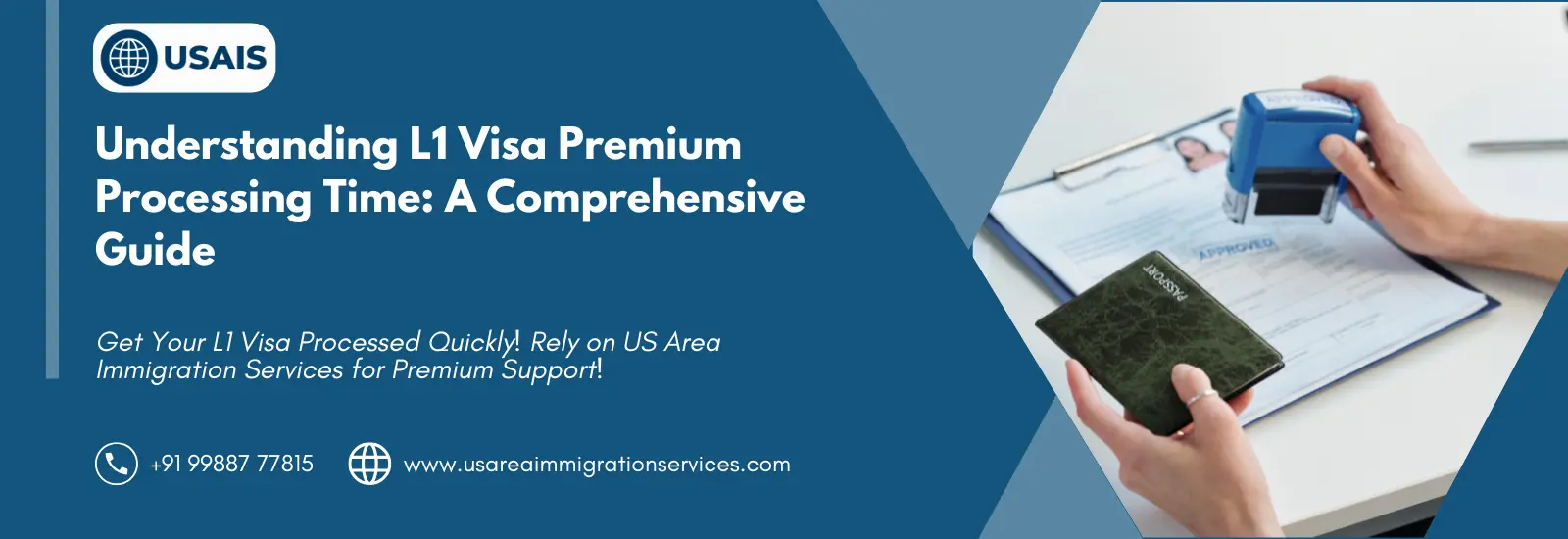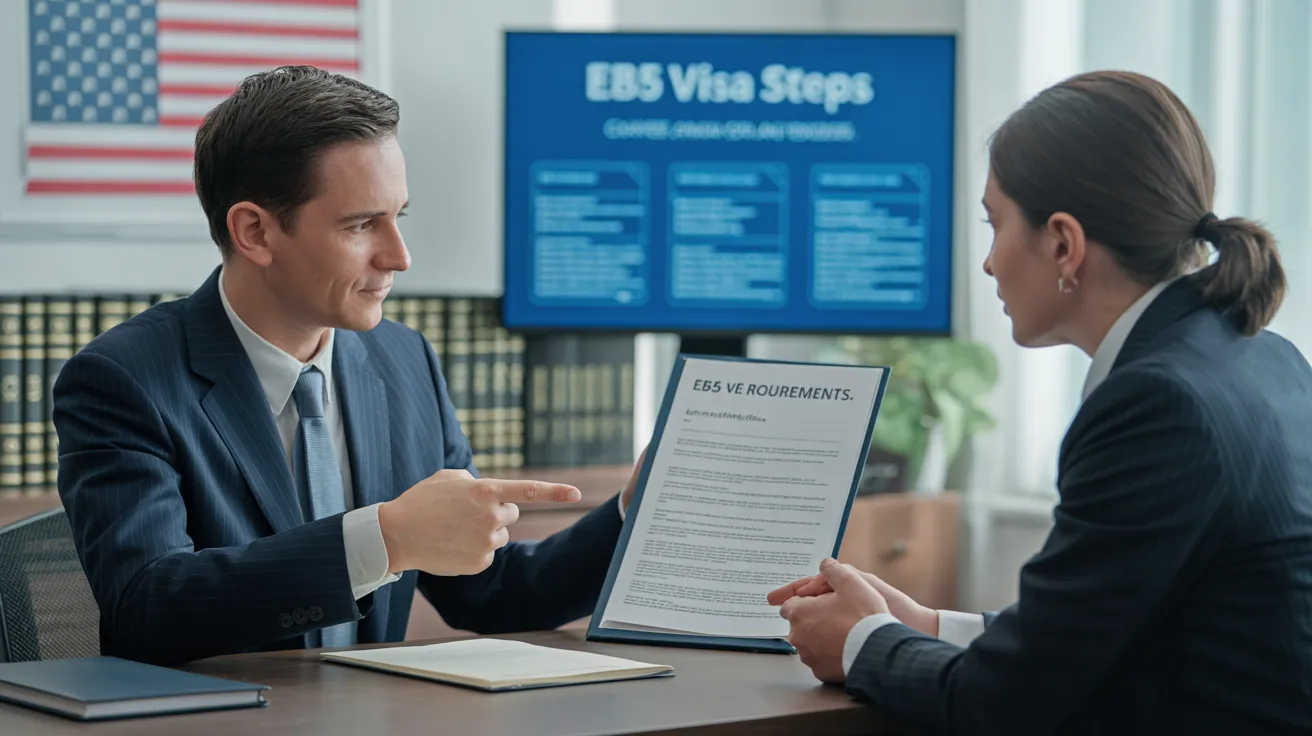Apply for L1 Visa
Unknown Facts About L1 Visa
Table of ContentsExamine This Report about L1 VisaThe Ultimate Guide To L1 VisaL1 Visa Things To Know Before You Get ThisThe Main Principles Of L1 Visa The Facts About L1 Visa UncoveredThings about L1 Visa
Offered from ProQuest Dissertations & Theses Global; Social Science Costs Collection. DHS Workplace of the Inspector General. Fetched 2023-03-26.
United State Department of State. Retrieved 2023-02-08. Tamen, Joan Fleischer (August 10, 2013).
8 Simple Techniques For L1 Visa
In order to be qualified for the L-1 visa, the foreign business abroad where the Recipient was employed and the U.S. firm must have a qualifying partnership at the time of the transfer. The different types of certifying partnerships are: 1.
Example 1: Business A is included in France and employs the Recipient. Company B is integrated in the united state and intends to request the Recipient. Firm An owns 100% of the shares of Company B.Company A is the Moms And Dad and Firm B is a subsidiary. Therefore there is a qualifying connection in between the 2 companies and Business B must have the ability to fund the Beneficiary.
Company An owns 40% of Business B. The staying 60% is had and managed by Company C, which has no relation to Company A.Since Firm A and B do not have a parent-subsidiary partnership, Business A can not sponsor the Beneficiary for L-1.
Business An owns 40% of Firm B. The remaining 60% is owned by Business C, which has no relation to Firm A. However, Firm A, by formal arrangement, controls and full takes care of Business B.Since Company A has less than 50% of Business B yet handles and regulates the business, there is a certifying parent-subsidiary partnership and Company A can fund the Beneficiary for L-1.
All About L1 Visa
Company B is incorporated in the United state
The 8-Minute Rule for L1 Visa

The L-1 visa is an employment-based visa classification developed by Congress in 1970, permitting multinational companies to move their managers, execs, or vital employees to their U.S. operations. It is frequently described as the intracompany transferee visa. There are two primary types of L-1 visas: L-1A and L-1B. These kinds are ideal for employees hired in different settings within a business.

Additionally, the beneficiary must have operated in a managerial, exec, or specialized staff member setting for one year within the 3 years coming before the L-1A application in the foreign company. For brand-new workplace applications, international employment must have been in a supervisory or executive capability if the beneficiary is L1 Visa requirements pertaining to the USA to function as a supervisor or exec.
Indicators on L1 Visa You Need To Know

If granted for an U.S. business functional for more than one year, the preliminary L-1B visa is for approximately three years and can be extended for an extra 2 years (L1 Visa). Conversely, if the U.S. firm is freshly established or has been functional for much less than one year, the initial L-1B visa is provided for one year, with expansions available in two-year increments
The L-1 visa is an employment-based visa category established by Congress in 1970, allowing multinational companies to move their supervisors, execs, or vital employees to their United state procedures. It is generally referred to as the intracompany transferee visa.
Not known Factual Statements About L1 Visa
In addition, the recipient needs to have operated in a managerial, exec, or specialized staff member position for one year within the three years preceding the L-1A application in the foreign business. For new office applications, foreign employment has to have remained L1 Visa requirements in a managerial or executive ability if the recipient is involving the USA to work as a supervisor or executive.
for approximately 7 years to oversee the procedures of the united state affiliate as an exec or manager. If issued for a united state company that has actually been operational for more than one year, the L-1A visa is originally given for up to 3 years and can be extended in two-year increments.
If provided for an U.S. firm operational for greater than one year, the preliminary L-1B visa is for up to 3 years and can be prolonged for an added two years. Conversely, if the united state business is newly developed or has been operational for much less than one year, the preliminary L-1B visa is released for one year, with extensions readily available in two-year increments.